I recently published a First Impressions Review of the Fujifilm X-T5 after conducting extensive controlled testing and taking it on a short trip to Vancouver, Canada. I loved the camera’s return to its roots as a photography camera.
I especially appreciated the removal of the flip-out screen and the return to the X-T3 size form factor; I felt these, in aggregate, resulted in a major improvement in the user interface for photography oriented users. The subject detection autofocus was a monumental leap forward, with animal, bird, train, car and motorcycle subjects being easily identified in the scene by the camera.

On the flip side, the build quality seemed to have taken a small step backwards with dials that felt more hollow, with lighter detents and a new exposure compensation dial that was bigger, but felt less robust in its usage. Furthermore and by far the most important issue was the subject tracking in the autofocus system giving false positives and/or losing track of the subject altogether.
Background
With the review having taken a lot of heat from online forums and facebook groups, I wanted to invest more time into using the X-T5 and provide an update on whether I still felt the initial review was balanced and warranted in the issues that were raised. I had a trip booked for Bali, Indonesia over Christmas and decided to leave the GFX100S at home and took the X-T5 instead.
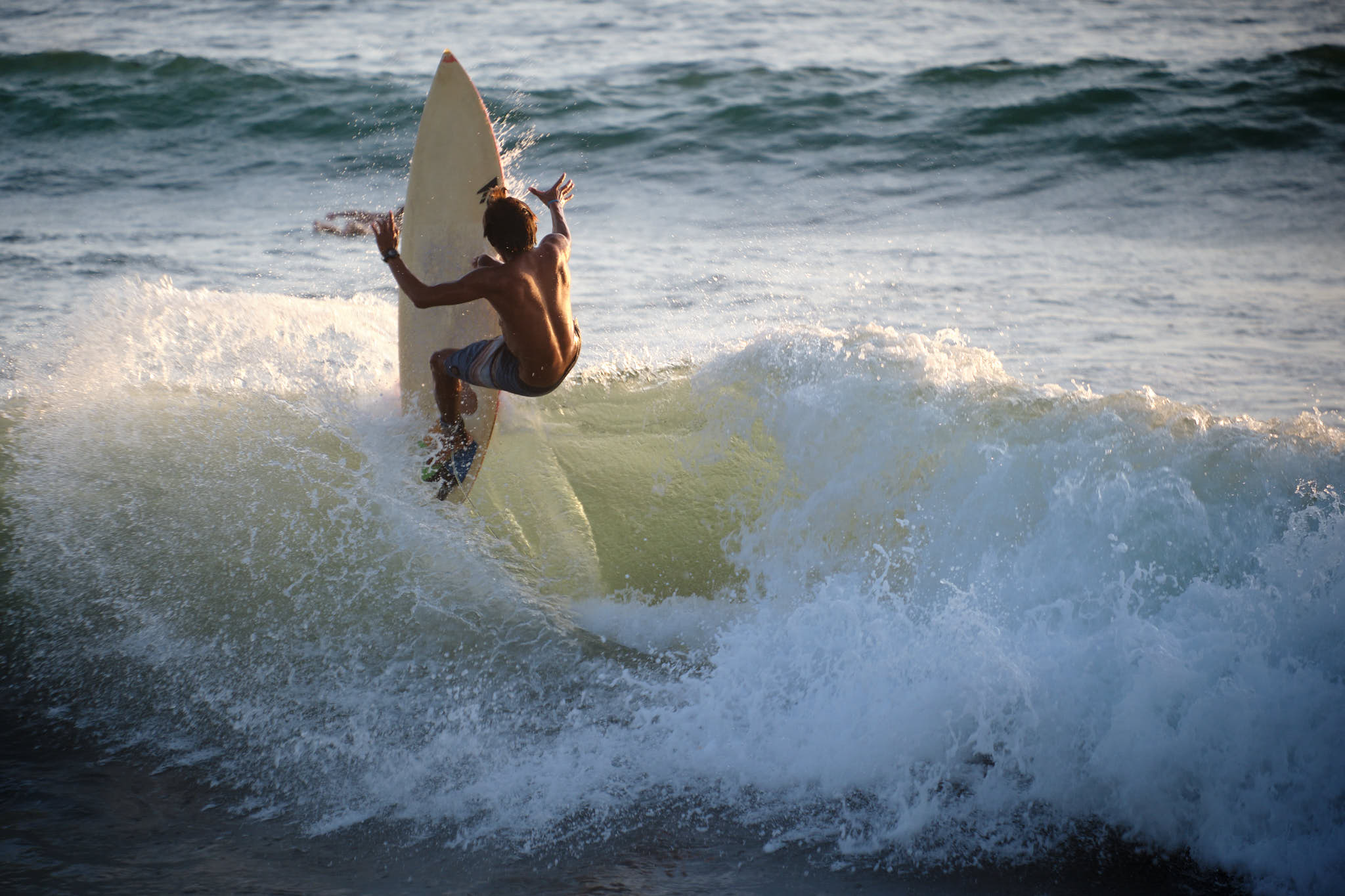
For those that follow this blog, you’ll know that leaving the GFX100S at home is a big deal. I can’t remember the last time I didn’t take that beast of a camera on vacation. I cry tears of joy every time I see the image quality from the GFX100S and I’ve always found a reason to take it on a trip. This time, the GFX100S stayed at home and I took the X-T5 and Leica M11 instead.
X-T5 in Bali
It’s one thing to test a camera under controlled conditions, but it’s a totally different experience when using the camera out in the wild. Sometimes, cameras excel in controlled conditions, but then fall apart when used in real life, while others don’t shine in controlled conditions, but are actually a joy to use in real life. With the X-T5, it did very well in the controlled conditions with the exceptions noted above, so I expected it would continue to impress when used in vacation mode.

What gear did I travel with?
The first thing I noticed about taking the X-T5 is how small it is compared to my GFX100S. I’ve become good at convincing myself that the GFX100S is the same size as a full frame camera and so never felt that it was too big. However, when compared to the X-T5, there’s a substantial difference in size and weight. Packing the Peak Design 20L Everyday Backpack was a lot easier with the X-T5 and M11 instead of the GFX100S and M11.

With the GFX100S, I usually take the GF32-64, GF80 and GF100-200. That gives me good coverage while allowing for one prime for shallow depth of field images. With the X-T5, I decided to go all primes. I took the XF16 F1.4, XF23 F1.4 WR, XF33 F1.4, XF56 F1.2 WR and the XF55-200. I probably could have left the XF33 at home since I already had the XF23WR and XF56WR, however with the lenses so small, it wasn’t a burden to bring an extra lens.
I took the M11 with only one lens, the 35MM Summilux FLE. I thought it would make for a nice camera to take when I want a more discrete shooting experience (i.e., when meeting friends in restaurants). Furthermore, I took the Peak Design Carbon Tripod, which is always a must pack for any travel destination.

What gear did I actually use?
Throughout the two weeks in Bali, I was surprised that I didn’t use two things. I never once used the Leica and I didn’t even unpack the tripod. The X-T5 is such an awesome travel camera that I never felt the need to use a less intrusive camera. The images I got off the new 40MP sensor are really impressive; dare I say that I didn’t miss the GFX100S very much.
The In-Body Image Stabilization (IBIS) has gotten so good on modern Fujifilm cameras that I didn’t find the need for the tripod through the stay. I was able to get sharp images at 1/4th of a second, even with longer focal lengths. At wider focal lengths, with IBIS and the wide aperture XF primes, it was easy to keep ISO below 400 in even the darkest situations.

How was the build quality in real usage?
There were no major issues with using the X-T5 throughout the trip. There were several days of very heavy rain and very, very high humidity. I took the camera in and out of dry air-conditioned rooms to the 99% humidity outdoors, with screens and lenses fogging up and then clearing, with no issues. There were a few occasions that the camera got quite wet from rain and again, there were no issues.
However, I did discover a new build quality issue that I either didn’t notice at first or has become worse with use; the LCD flip screen does not have enough spring tension to hold it against the camera body. The lower part of the LCD pulls away from the camera too easily, to the extent that it rattles and feels cheap. It’s annoying enough that I think I’ll make a warranty claim for Fujifilm to fix. In comparison, the X-T4 and the GFX100S have very strong tension that holds the LCD screen tight against the body.

The issue noted in the first impressions review with the dials still stands. As expected, the new exposure compensation dial is too easy to turn which led to it changing settings sometimes when taken in and out of the bag. The other dials are also too easy to turn with weak detents, but they at least have locks to prevent movement. I understand why Fujifilm made the exposure compensation easier to turn (works better with an eye on the EVF), but it would have been nice to also have a lock to keep settings in place when needed.

How was the autofocus in real usage?
This is where the camera exceeded my expectations as compared to the controlled environment testing. I was seeing 70% focus success rate in the controlled testing. When compared to Sony, this is dismal, however in real life usage, when it’s non mission-critical photography (i.e., on a vacation), a 70% hit rate is more than sufficient. Furthermore, the subjection detection capability allowed me to capture some images that I would have had little to no chance with the X-T4 or GFX100S.
There are two examples I can share (the monkey and puppy) and several more which I can’t share (hundreds of amazing images of my friends’ baby).

When we came upon this monkey hanging out on the street, I took the X-T5 out, pointed it in his direction and the subject detection immediately picked up his eye; I took several shots on Continuous-Low (CL) and Autofocus-Continuous (AFC) mode and captured several tack sharp images that I liked. Almost immediately, another tourist came along and offered the monkey some food and he was gone.
If I was using the X-T4 or GFX100S, it would have taken a second or two to get the focus point on his eye and to take the shot, let alone trying to track his eye manually. By the time I would have gotten everything setup, the unruly tourist (who shouldn’t have been feeding the monkey anything) would have lured the monkey away.

The second shot was again involving an animal, a small puppy. While I was standing on the sidewalk waiting for the rain to clear, a cute little puppy popped its head out from under the curtain of the house behind me. I quickly brought the camera down to his height and pointed it at him, and again the camera easily grabbed the subject’s (through glass) eye. A split second later, the puppy went back inside.
This image may not be technically brilliant or even well composed, but the puppy’s Mom came outside to chat and she fell completely in love with the image. I sent it to her and she’s getting it printed and framed. I know I couldn’t have gotten everything setup and the focus point aligned with the X-T4 or GFX100S in such a short period of time.

Previous Fujifilm cameras have had decent face and eye detection, but the X-T5 is certainly much better. In this example, there was some turmoil in the kitchen at the Capella’s Iwo Jima Omakase restaurant. The chef was clearly upset about something and by quickly pulling up the camera (we had asked for permission prior to the seating if photography was allowed, and the Chef said they love photos), the X-T5 was able to capture the tension and emotion of that moment.
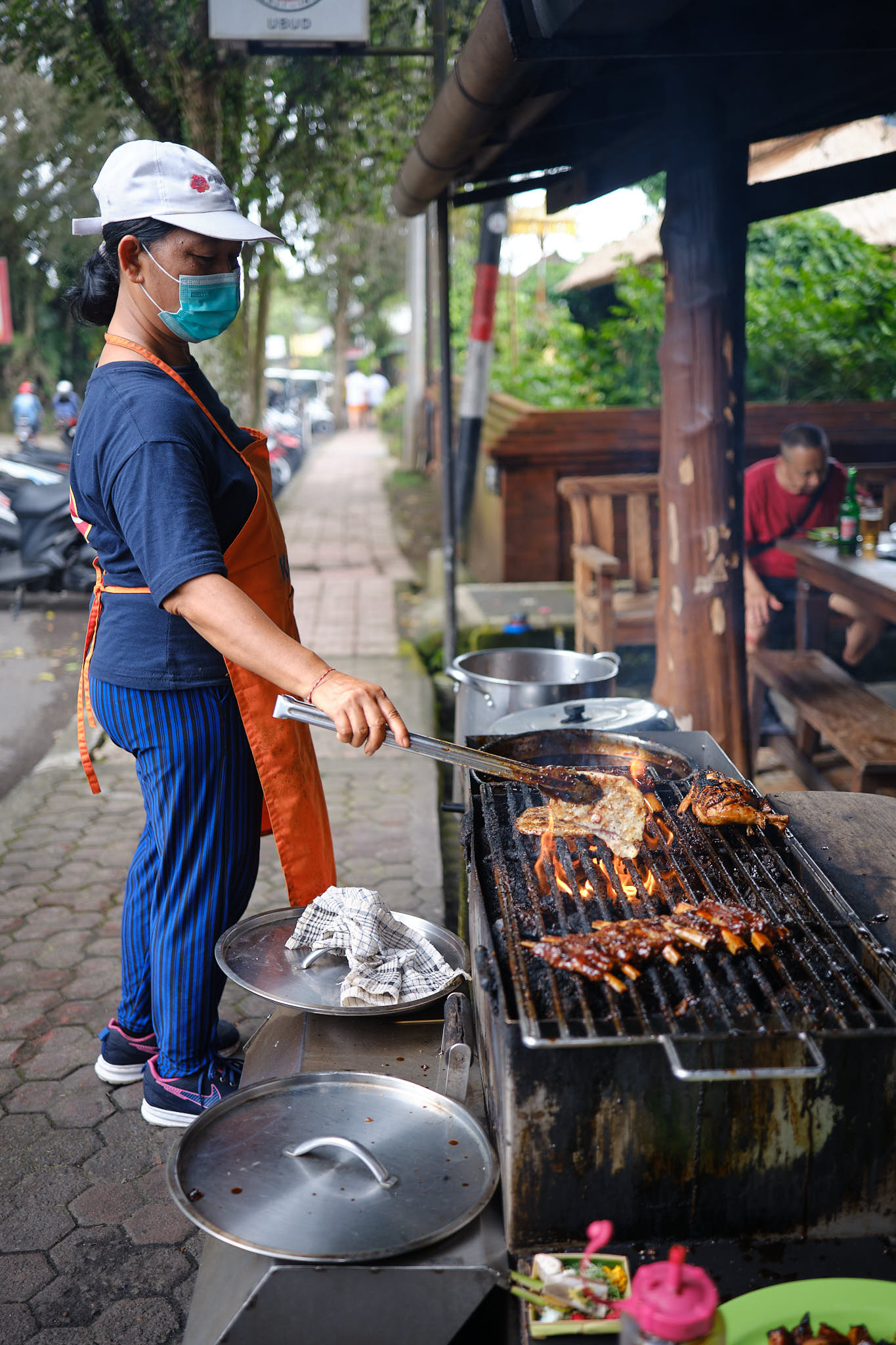
What I learned on this extended use of the X-T5 is that with AFC and subject tracking modes enabled, the camera needs about a 1/2 second to stabilize before becoming reliable. If I just mash the shutter when I see the green box, the images are not reliably sharp, however if I give it just a half second to settle down, I find the images are much more likely to be in focus for the entire series.
My partner brought a Sony A7R5, and as expected, the autofocus on that camera is on another level. There’s no guessing, no waiting, no thinking required. Just point the camera at the subject and bang, it always finds the subject, tracks the correct eye, and is tack sharp, from the first image to the end of the series.
I truly believe Fujifilm has the hardware to be amongst the best in this regard, so I expect we’ll see firmware updates coming to improve things. We saw Fujifilm recently launch new AF firmware for the X-H2S, so let’s keep our fingers crossed that they’ll do something big for us X-T5 (and X-H2) users soon.

How was the X-T5 as a travel camera?
I came away from the two weeks of heavy use more impressed with the X-T5 than I initially was. By letting the AF system stabilize a bit before engaging the shutter, I got more confidence in the system. The subject detection makes capturing fleeting moments so much easier. I took hundreds of images of my friends’ baby which really captured their adorable daughter’s fun personality; with such a high hit rate, the parents had several images to choose from to get just the right twinkle in the eye and smile on her face. They were super happy and I was really pleased to have had the X-T5 to capture those images so easily.
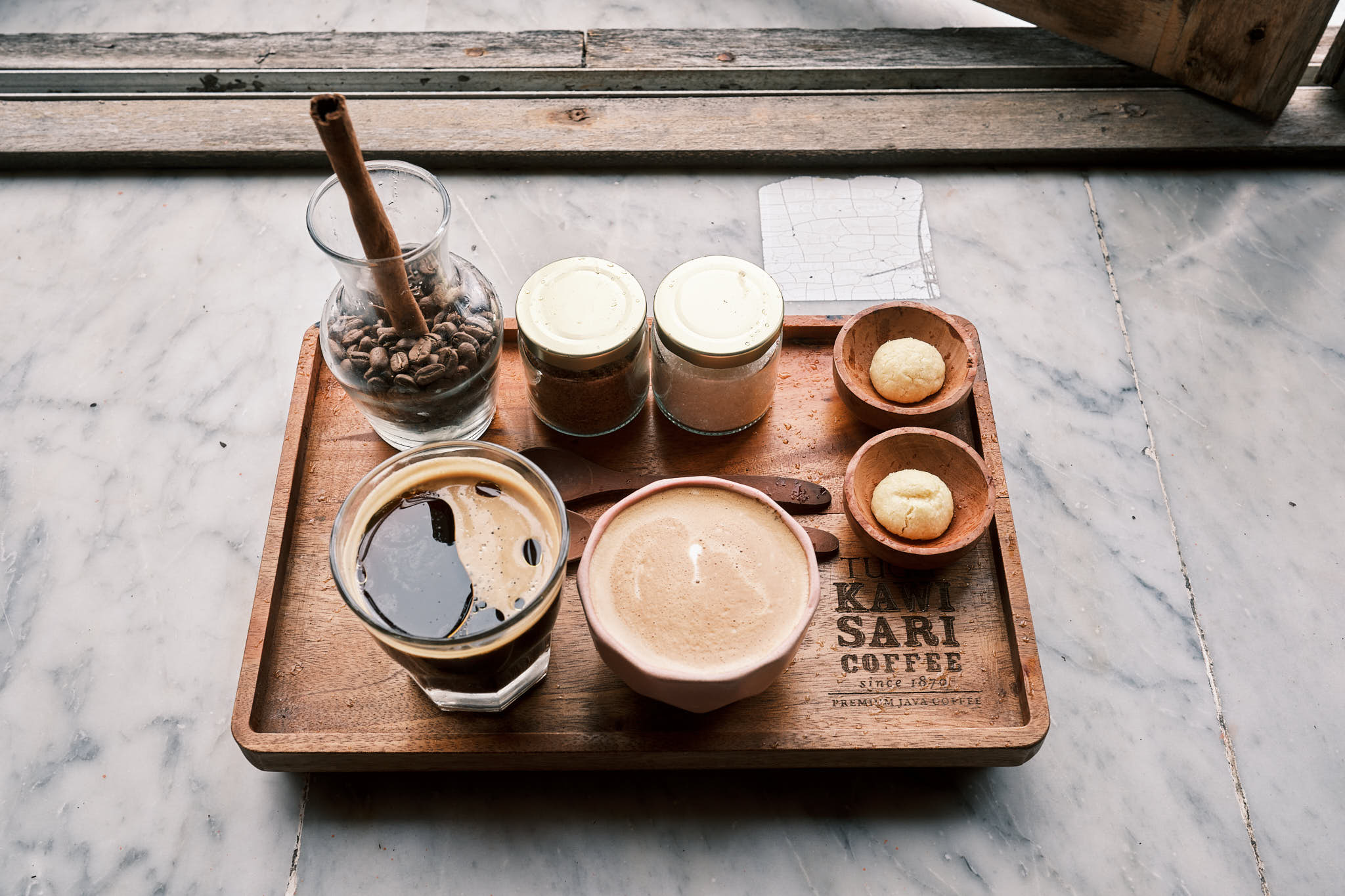
I was also surprised at how good the image quality is on this new APSC sensor. I’ve been deep in the GFX world for a few years now and was anxious that I would miss it on the trip. I convinced myself it was ok to leave it at home because I had been to Bali several times and already captured the images I wanted. However, in using the X-T5, I found the image quality, when paired with the new primes, to be more than sufficient for any vacation images. The IBIS, along with the wide aperture lenses, provided perhaps even better image quality in certain circumstances than I can get with the GFX100S (low, light where shutter speed is required).
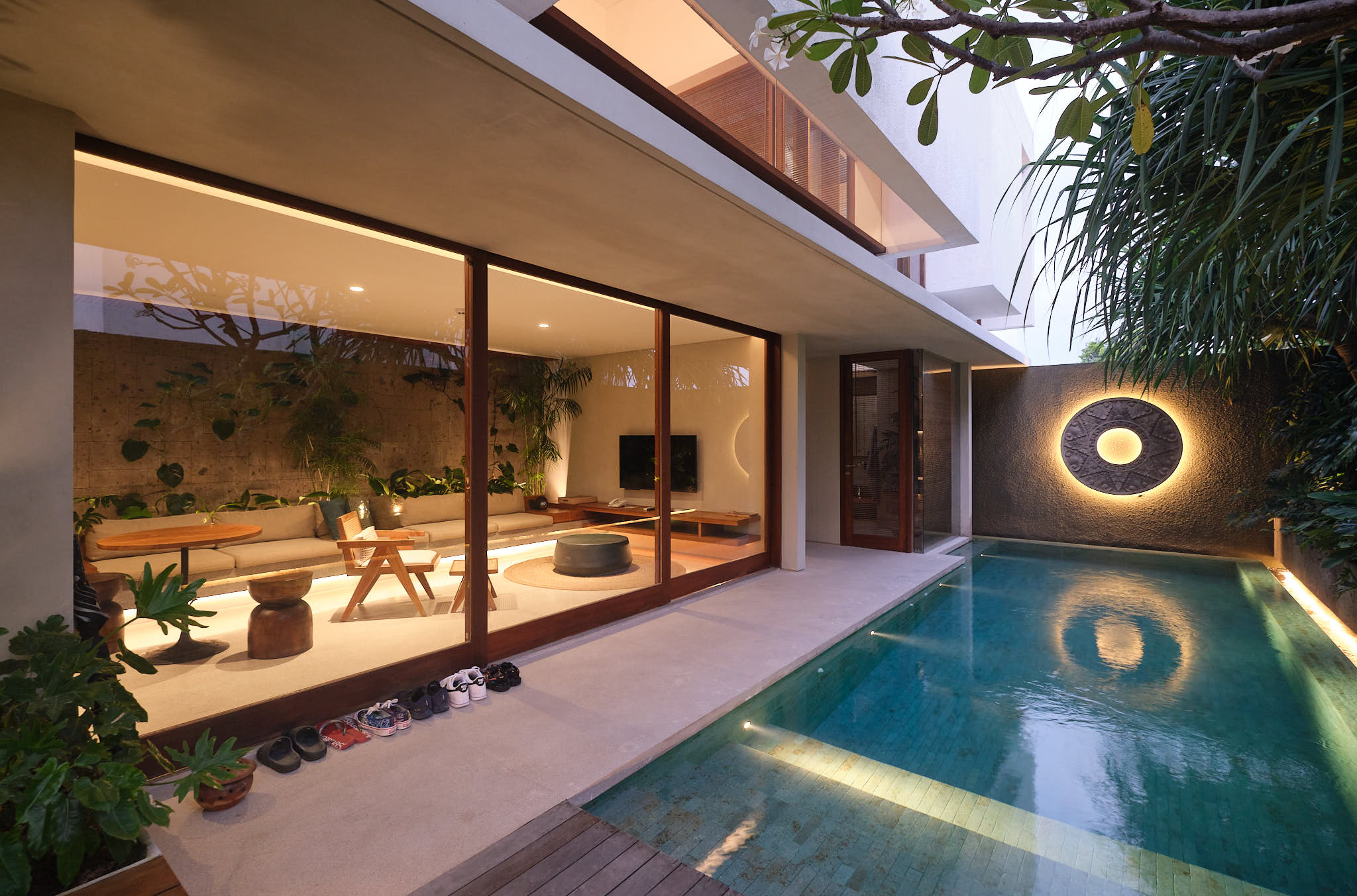
Perhaps the best part of taking the X-T5 on this trip is its size and weight. My gosh I loved taking this camera around my shoulder compared to the GFX100S. It was so light and easy to carry that I didn’t even take the M11 out once. When paired with a prime lens, there is perhaps no camera on the market today that provides this level of capability at this size, while still being fun to use. It’s so nice to be able to adjust all the settings with all three dials, and the jewel-like feel of the new primes is perfect.
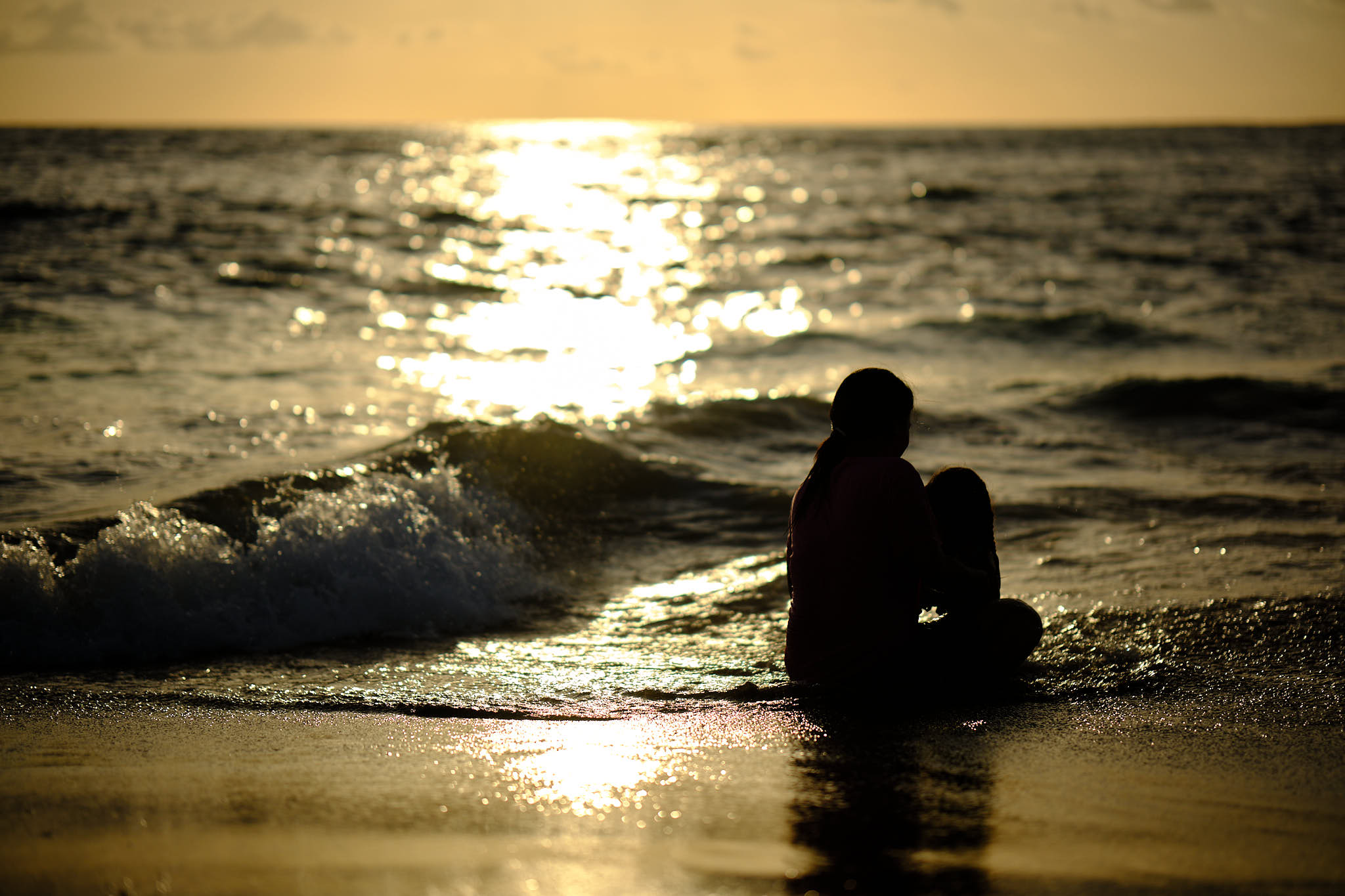
Another surprise on this trip is how much I fell in love with the XF56WR and the XF33. While I still feel annoyed at the XF56WR’s slow autofocus, it produces stunningly beautiful images. The way it renders a super sharp subject with smooth bokeh is reminiscent of the GF110 and GF80. I found myself finding any excuse to bring this lens out. The XF33 is also another stunner. I haven’t done a review on it, but if you’re in the market for a 50MM equivalent focal length, don’t wait, just go out and buy it. You won’t be disappointed.
Conclusion
The X-T5 has left a very positive impression on me as a travel camera. It’s making me rethink my approach to what I’ll take on a future trip. The GFX100S always delivers eye popping resolution, but with its now rudimentary autofocus system, it makes it difficult to capture fleeting moments. The M11 is a unique camera that brings a different kind of joy to photography. I use it when I need a more discrete camera when travelling. However, with the X-T5 being so small, I wonder if the M11 will become relegated to a Sunday stroll camera.

Fujifilm still has to work on the autofocus system, specifically with subject tracking. I would love to see a touch tracking function added as well, in both photography and video modes; I used that a lot on my partner’s Sony A7R5 and love how intuitive and easy it is to use. Whenever I switched back to the X-T5, I immediately missed this feature. Fujifilm should also revisit the quality control and build quality parameters to see if they can increase the tension of the rear screen and make the dials a bit more robust with firmer detents.
Never miss a post again, please subscribe to our no-spam mailing list
While this additional usage of the camera does not change my overall opinion from the previous review, I will admit that as a travel camera, the X-T5 is pretty hard to beat! It has a great balance of size, weight, image quality and resolution, and it’s so fun to use and look at. I really enjoyed using it and foresee taking it on trips much more than I did the X-T4!
Please let me know in the comments below if you have any specific questions. I’ll make RAW files available to anyone that asks for them.

Discover more from fcracer - Travel & Photography
Subscribe to get the latest posts sent to your email.
Beautiful photos! Is the jump in resolution from the xt4 to xt5 worth it? Would I be able to access some raw files like you mentioned? Thanks!
Thanks for the follow up review! If you thought the XF 33 was good… you should give the XF18 a try. In my opinion its even better!
Also, would be interested to hear your overall thoughts of M11 vs GFX vs XT-5. The Leica Q3 has me tempted!
Thank you for the suggestion Michael. I’ve been tempted by the XF18 based on what everyone has said and what the objective testing has shown, but I fear that I won’t use my beloved XF16 F1.4 anymore. I adore that lens as it was the first real lens I bought in my photography journey (I partnered it with a Fujifilm X-T10).
In regards to your question on M11 vs. GFX vs. X-T5, this is actually very difficult to answer. If it’s ok, I’d like to take a bit of time to formulate a reply; I may even make a post about it since it seems many people are asking the same question (there’s a forum thread on DPR on this very topic).
I can say that I’ve been using the X-T5 and M11 a lot more these days. I love the subject detection AF on the X-T5; it makes it so much easier to take pics of people and animals. When I don’t need fast AF, I find myself reaching for the M11. Having said that, the images from the GFX100S still blow me away even after all these years of using the system… more to come on this topic…
Very nice and well-balanced review, just like the first one. The AF accuracy and reliability remains the major issue for me. Also, you mention a few times (I think, or that’s the message I took from this) that the IQ and performance make the X-T5 a great travel/vacation camera, but you seem to suggest it’s not up to the task for professional work. Is that what you’re saying or did I misundertsand?
The way I see it, the AF issues would be a problem for event photography. And the higher noise at ISO 6400 (compared to X-T cameras with fewer megapixels) could also be a problem in some low-light situations. Taking all this into consideration, do you think the X-T5 is appropriate for a *professional travel* photographer (shooting, people, monuments, festivals, landscapes etc), or would its limitations become too much of an issue? Thanks!
Hi Josh, I wouldn’t say that it’s not ready for professional work because “professional” can mean so many different things. I’ve seen people make big money selling prints from a 12MP Canon camera that would be trounced by an X-T5 today.
I would say that Fuji still has work to do with their autofocus system, but the image quality is excellent on this camera. It’s so good that I’m leaving the GFX100S at home more than I’d like. The 40MP sensor in such a small package is truly excellent!
I think it’s important to use the right tool for the purpose. If one needs to take images of moving people or animals, the X-T5 works reasonably well. If one needs to take images of sports, they’d be better off using a Sony or Canon. If one is focused on landscapes, nothing can match the GFX100S (except the 150MP Phase One!).
For my generic photography purposes, the X-T5 is being used far more than I expected. I’m enjoying the new XF23, XF33 and XF56 lenses more than I thought I would. I really hope they bring a faster processor to the GFX lineup so that I can be pulled back in that direction…
Not sure if I answered your question, so feel free to ask more specific questions and I’ll do my best to answer.